Immerse yourself in the world of stylish radiators
Zehnder decorative radiators bring warmth and design into any home or commercial environment. For every property, for every system, you will find a radiator that suits your interior.
At Zehnder, we believe that radiators should do more than just heat your home; they should be a stylish and integral part of your interior design. Our decorative radiators combine superior technology with striking design elements, transforming the perception of radiators from mere utilities to designer fixtures.
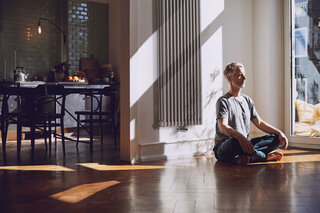
Creating the perfect balance between aesthetic appeal and efficient performance, Zehnder’s decorative radiators elevate your spaces while providing optimal heating solutions. Our range of decorative radiators encompasses innovative designs that align with diverse interior styles, ensuring warmth and comfort without compromising on elegance.
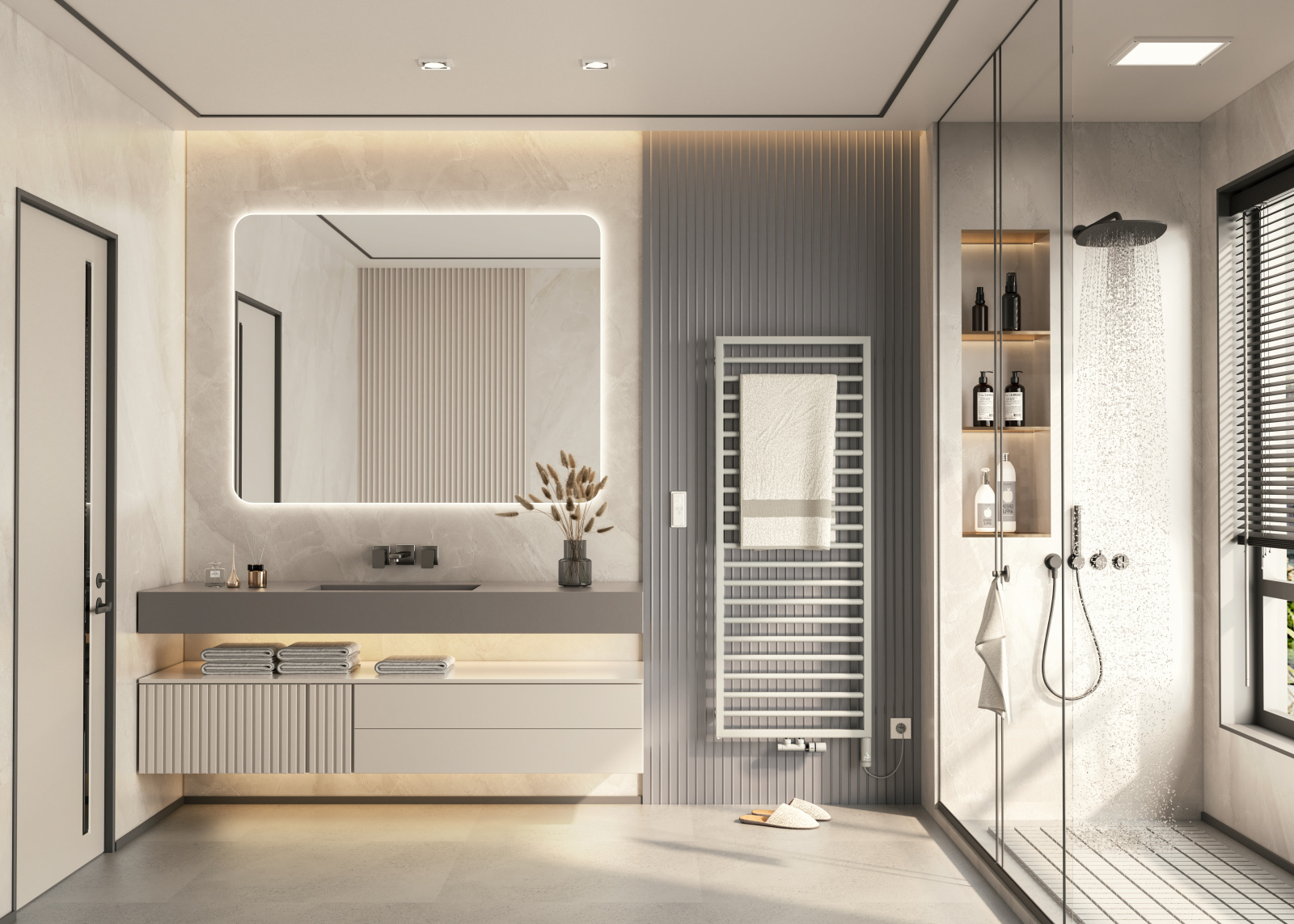
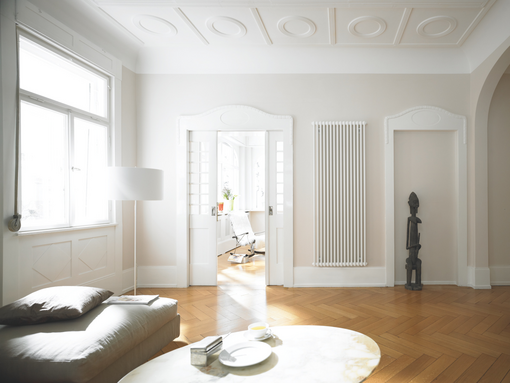
Each of our radiators tells a unique story, an infusion of inspiration and design mastery. Be it the striking curves of a designer piece or the understated elegance of a minimalist design, we seek to inspire you with our portfolio. Here's how our decorative radiators can transform your space...
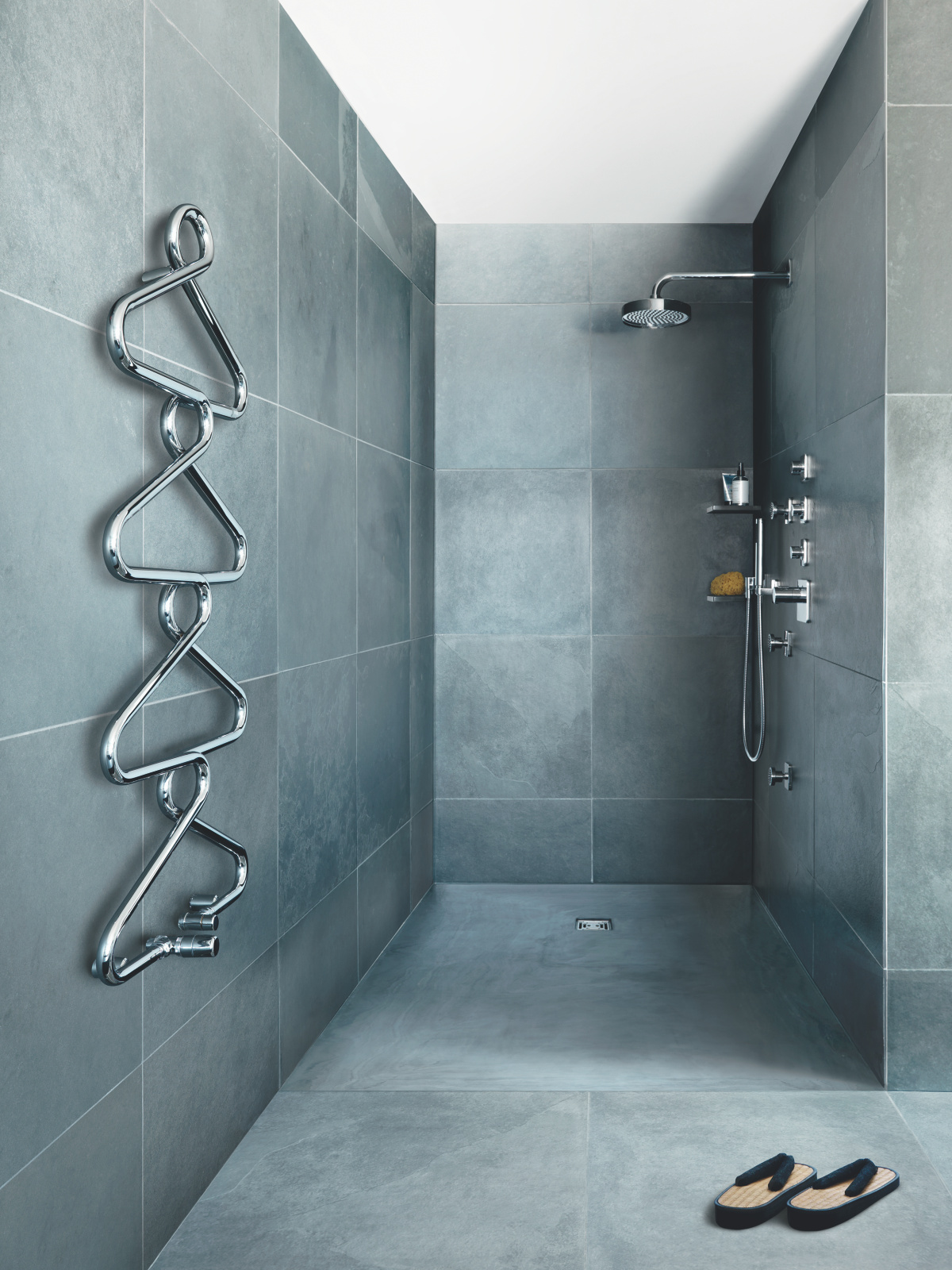
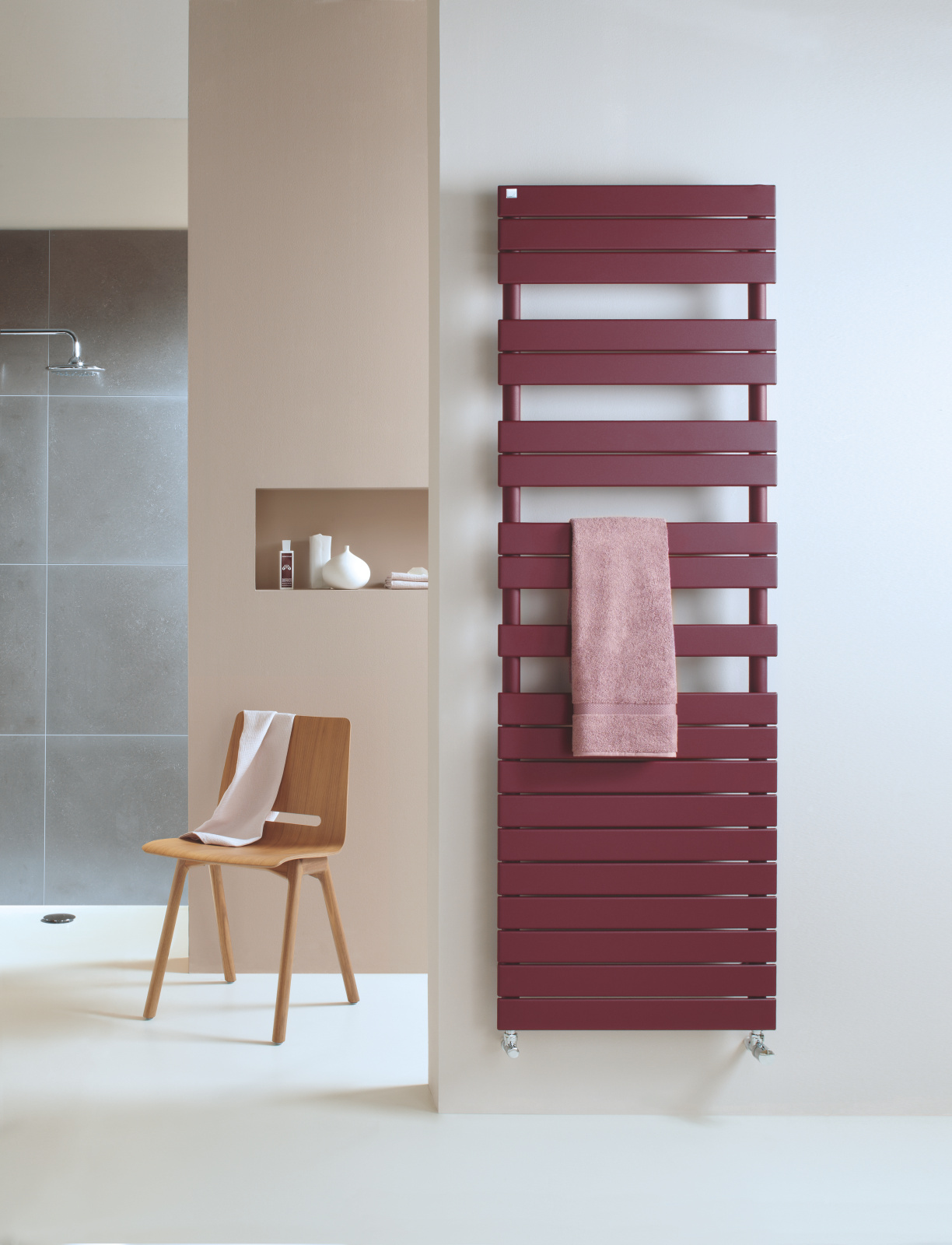
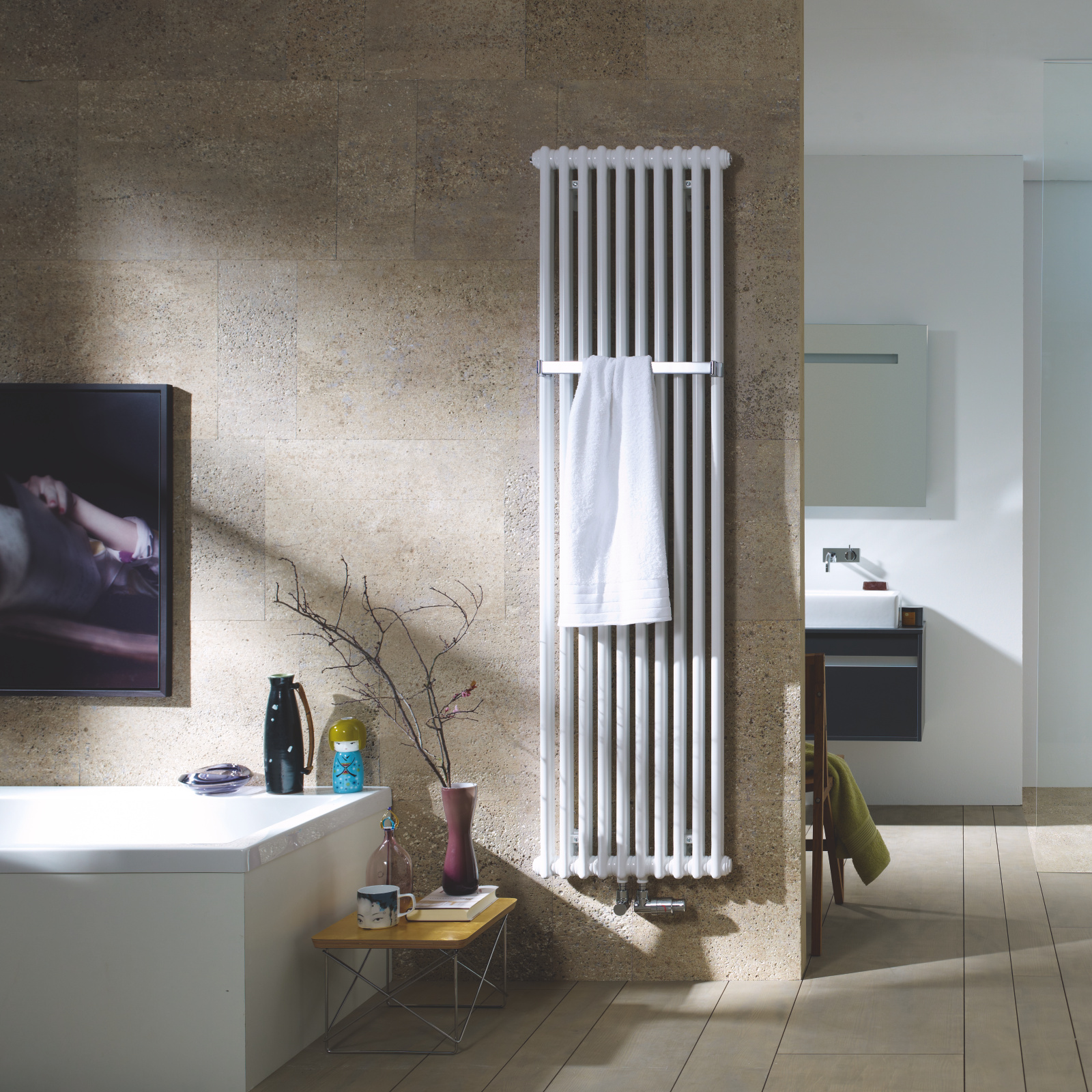
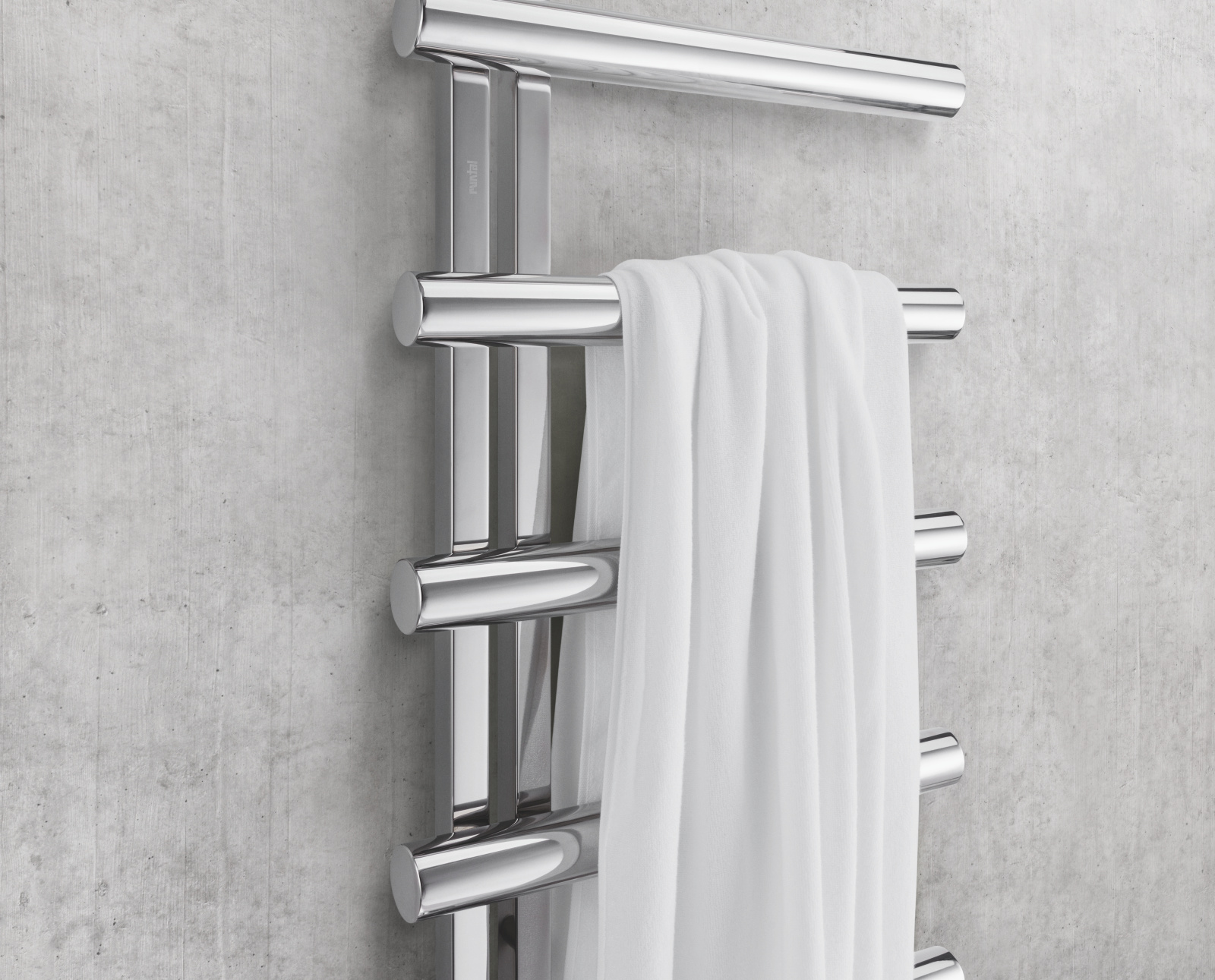
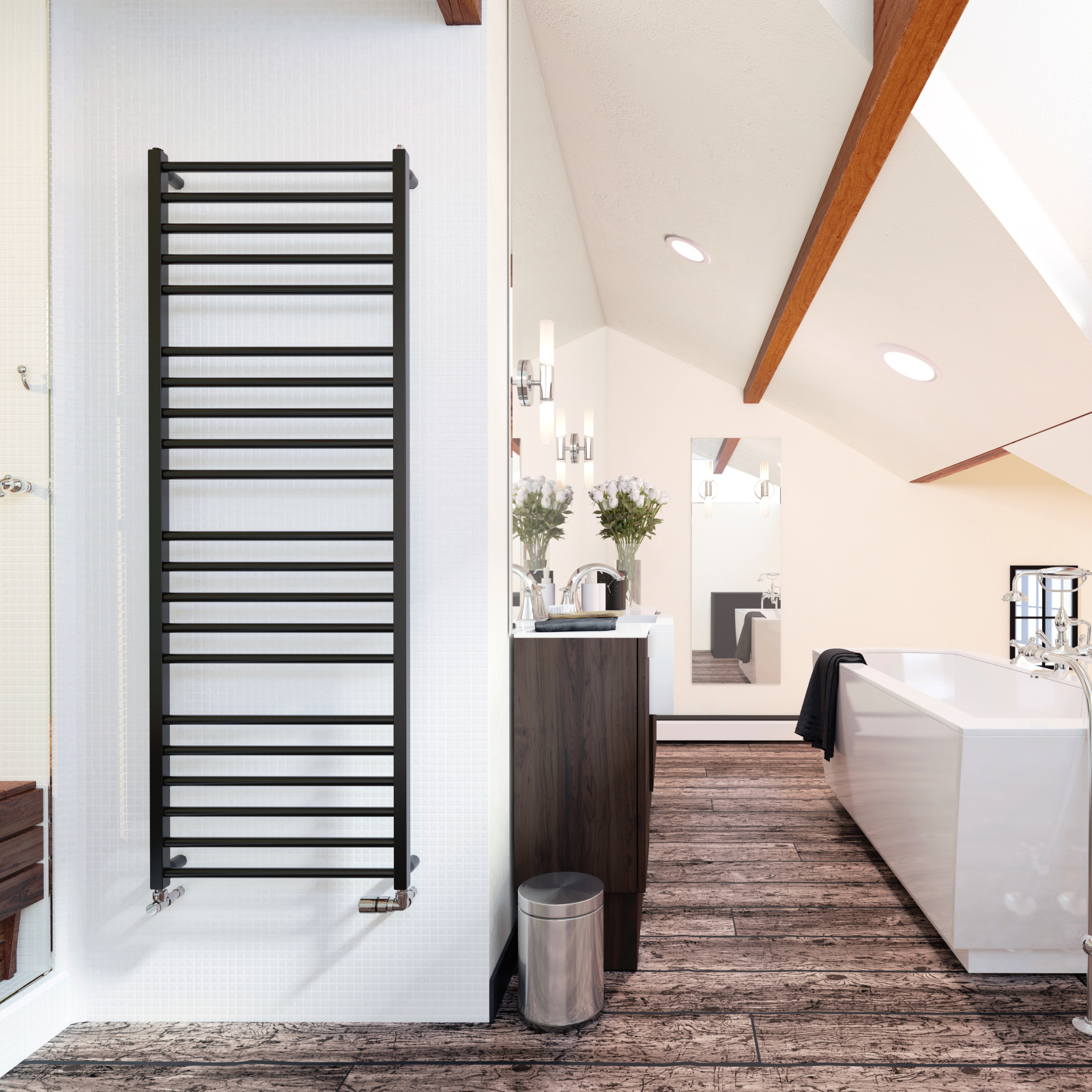
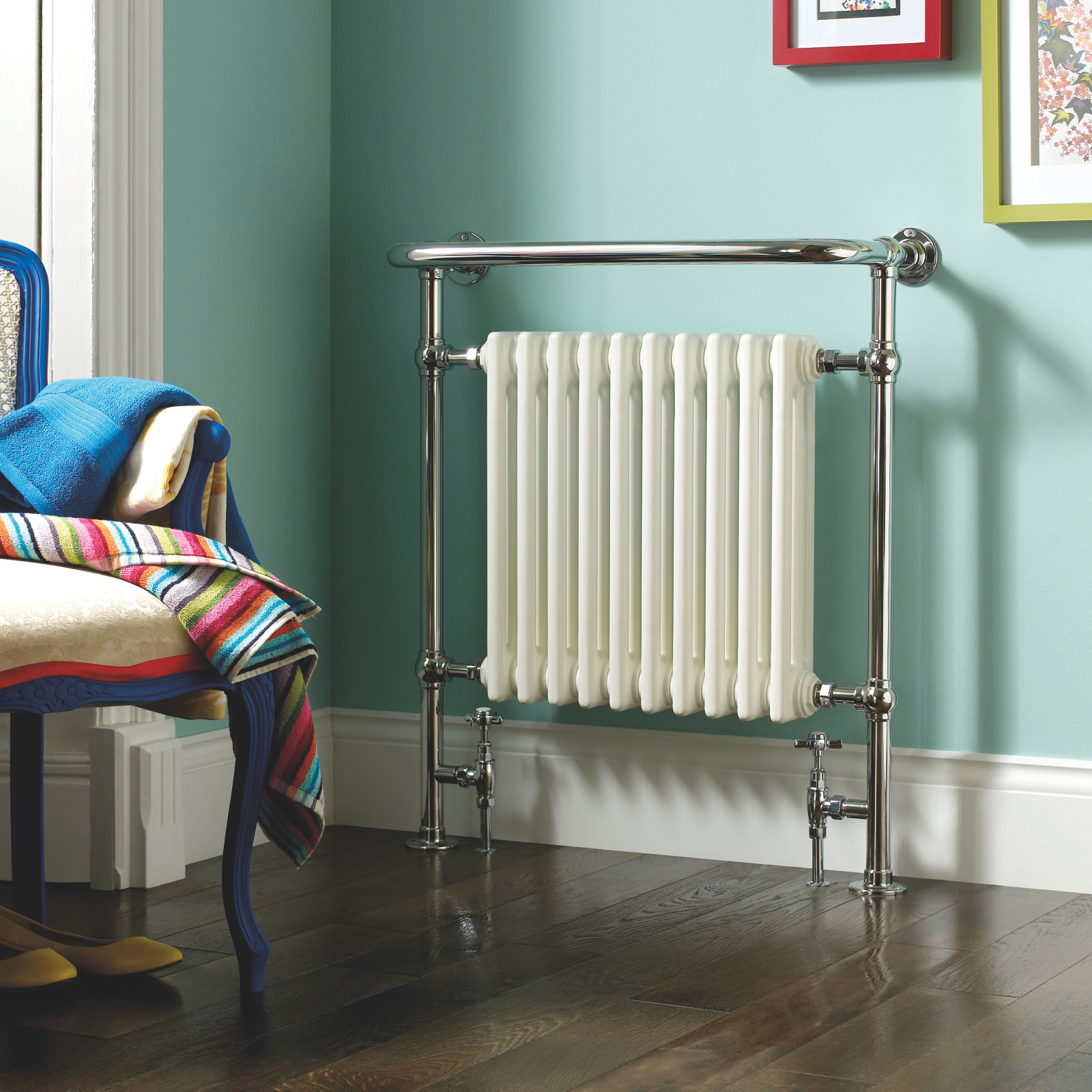
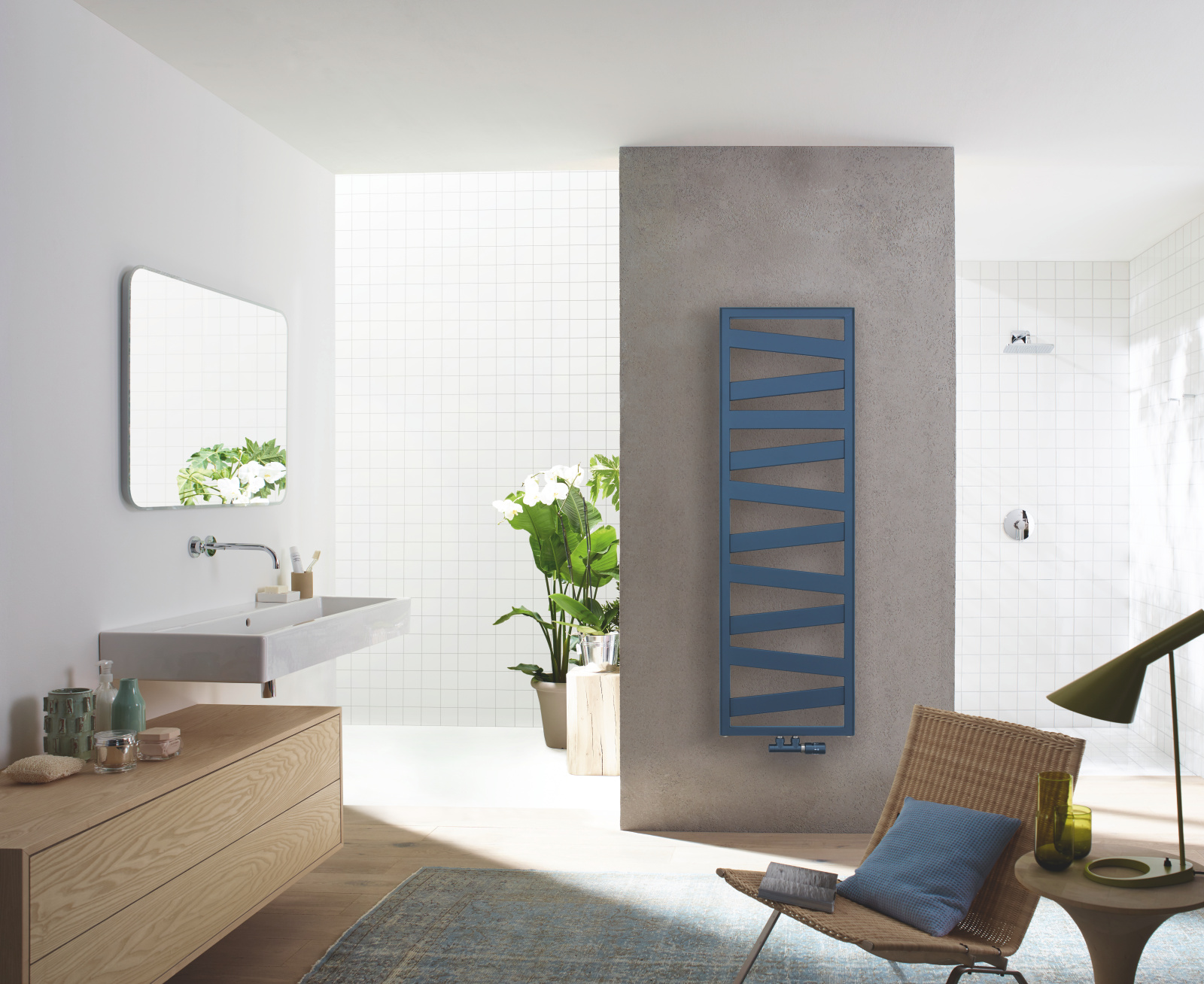
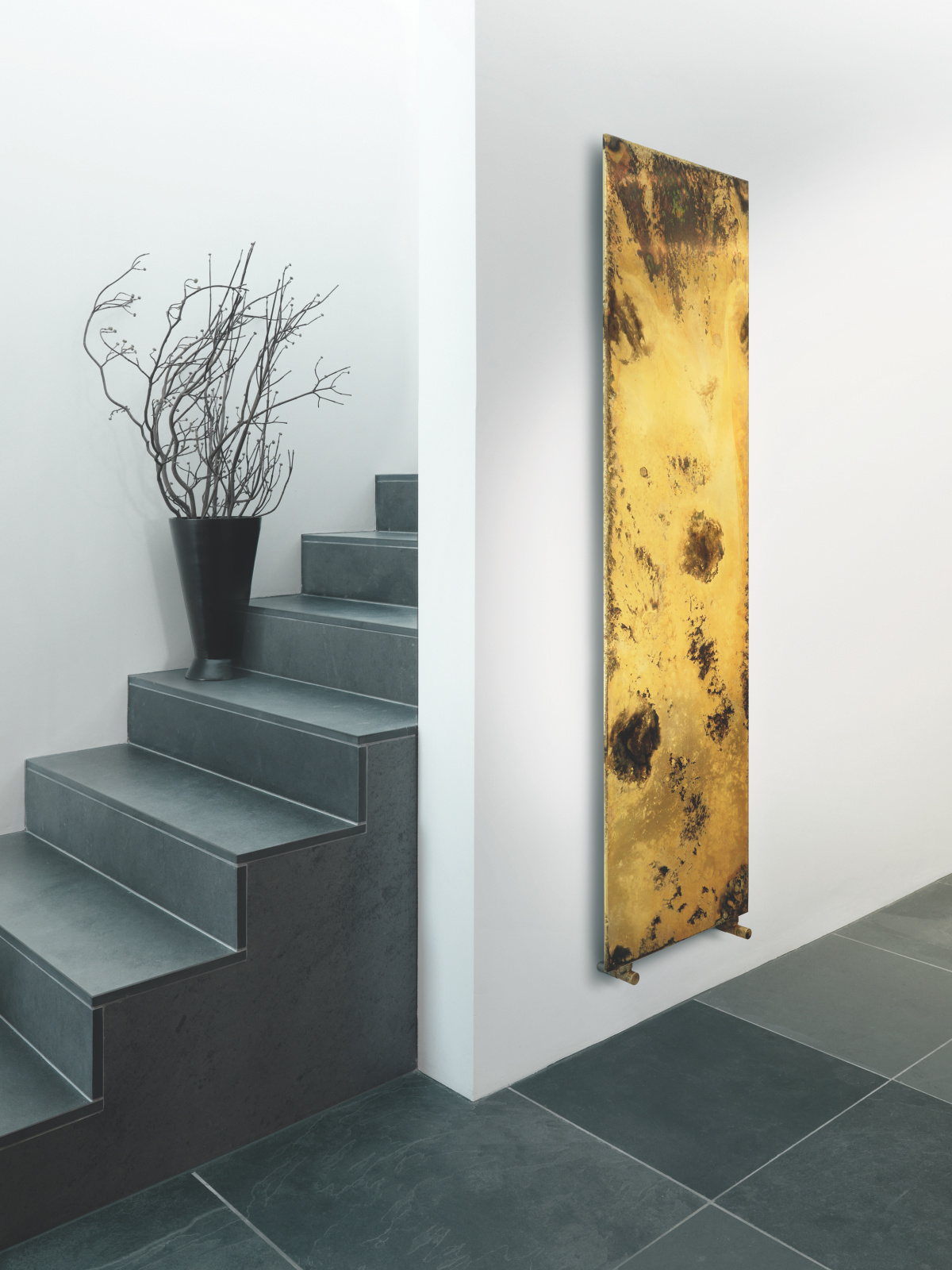
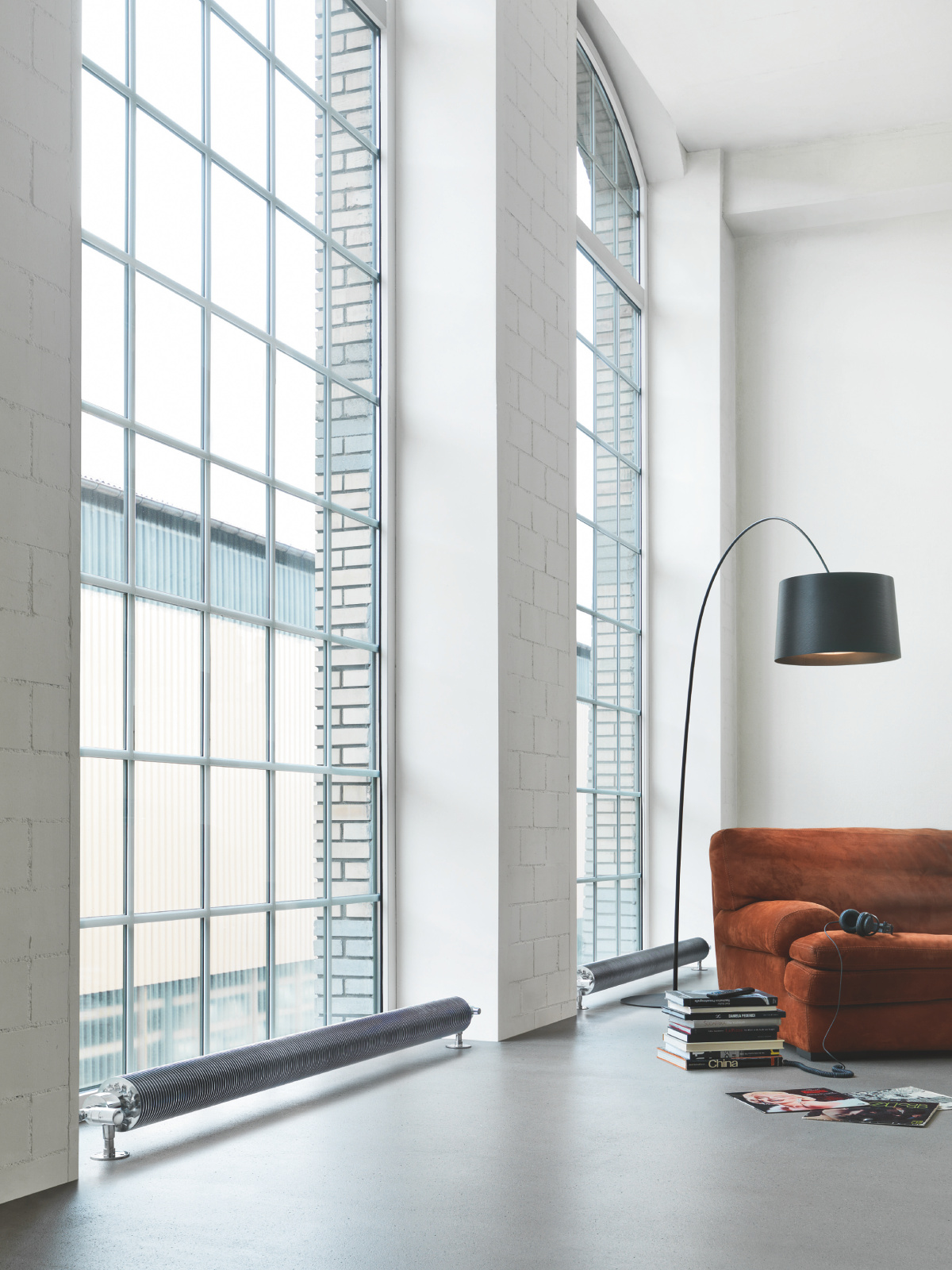
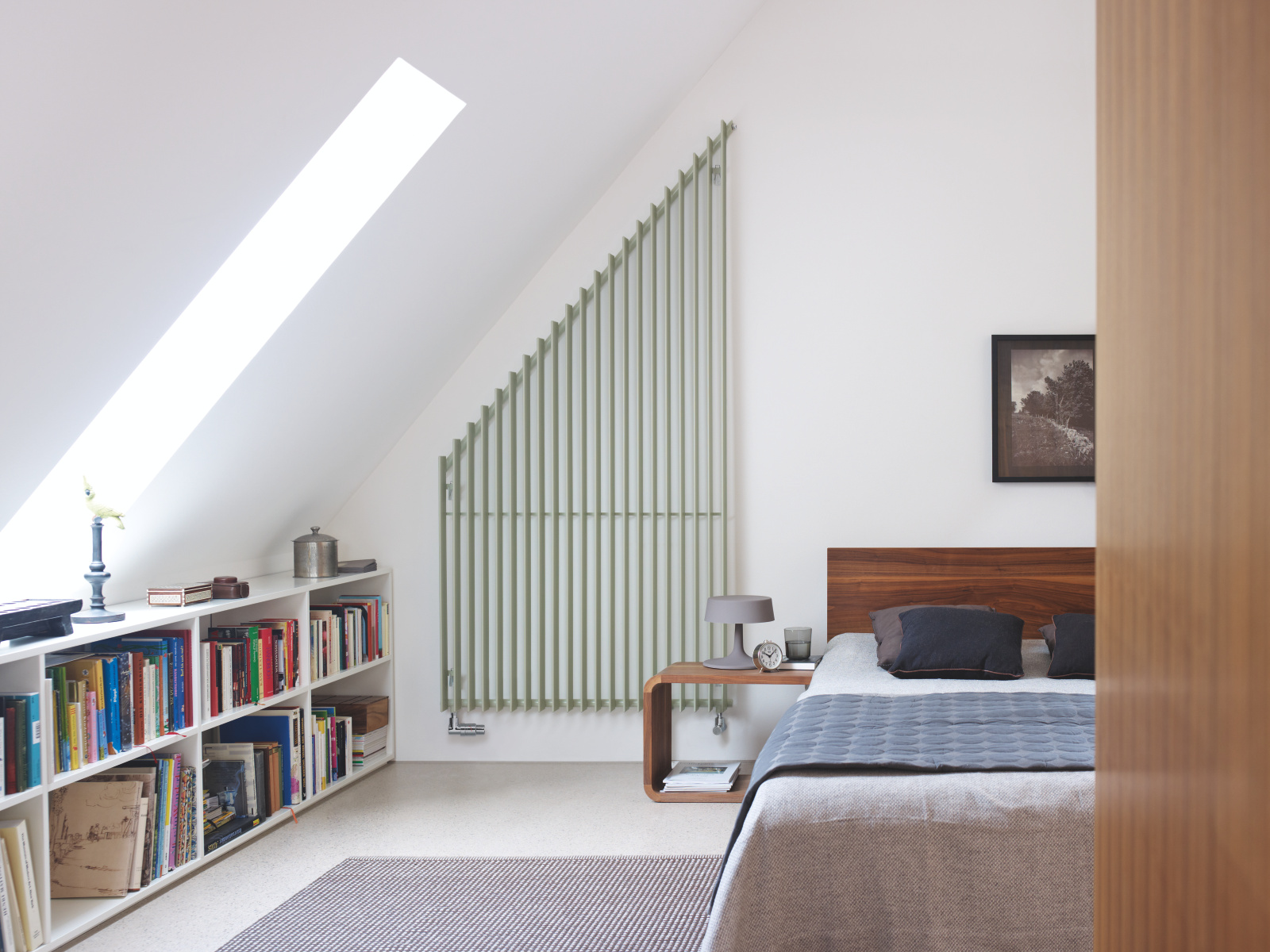
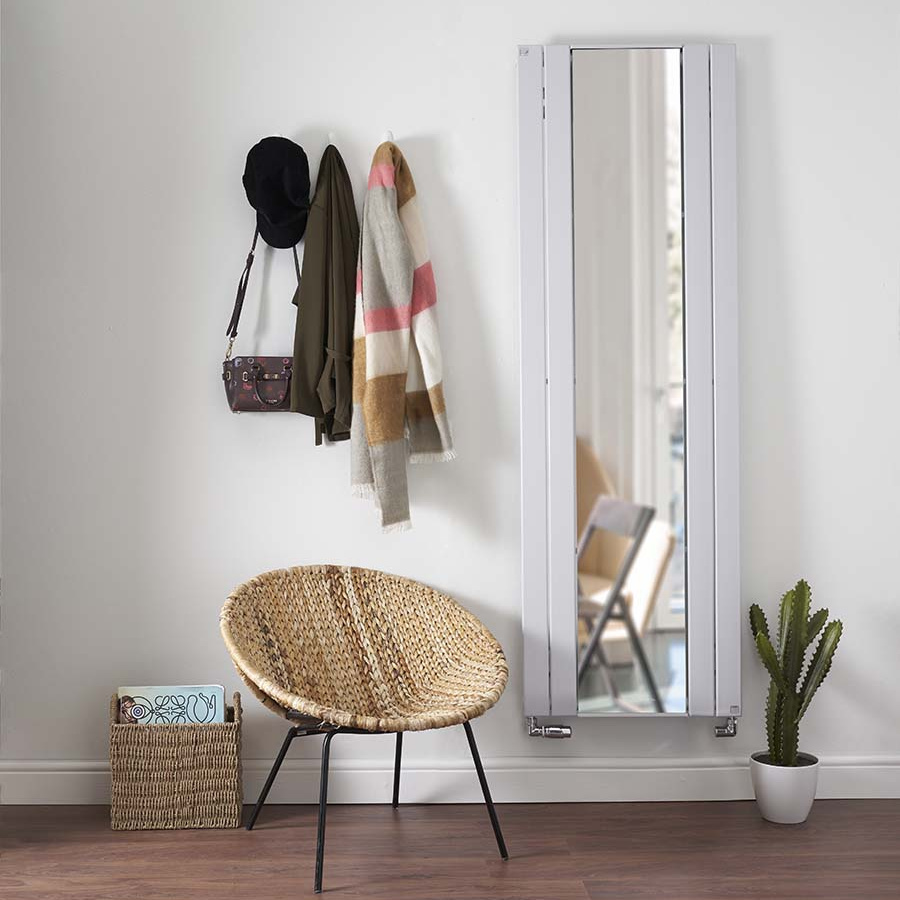
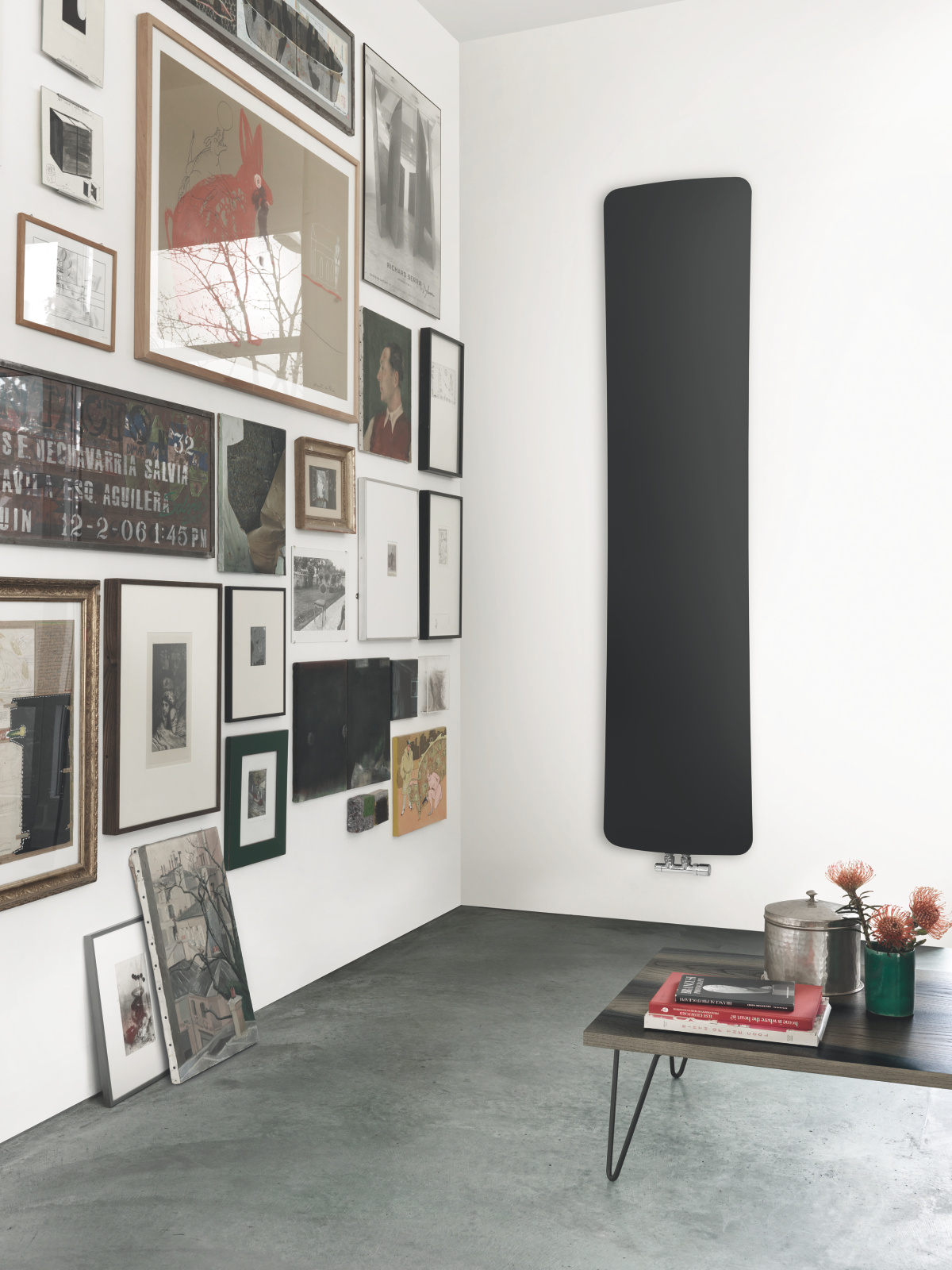
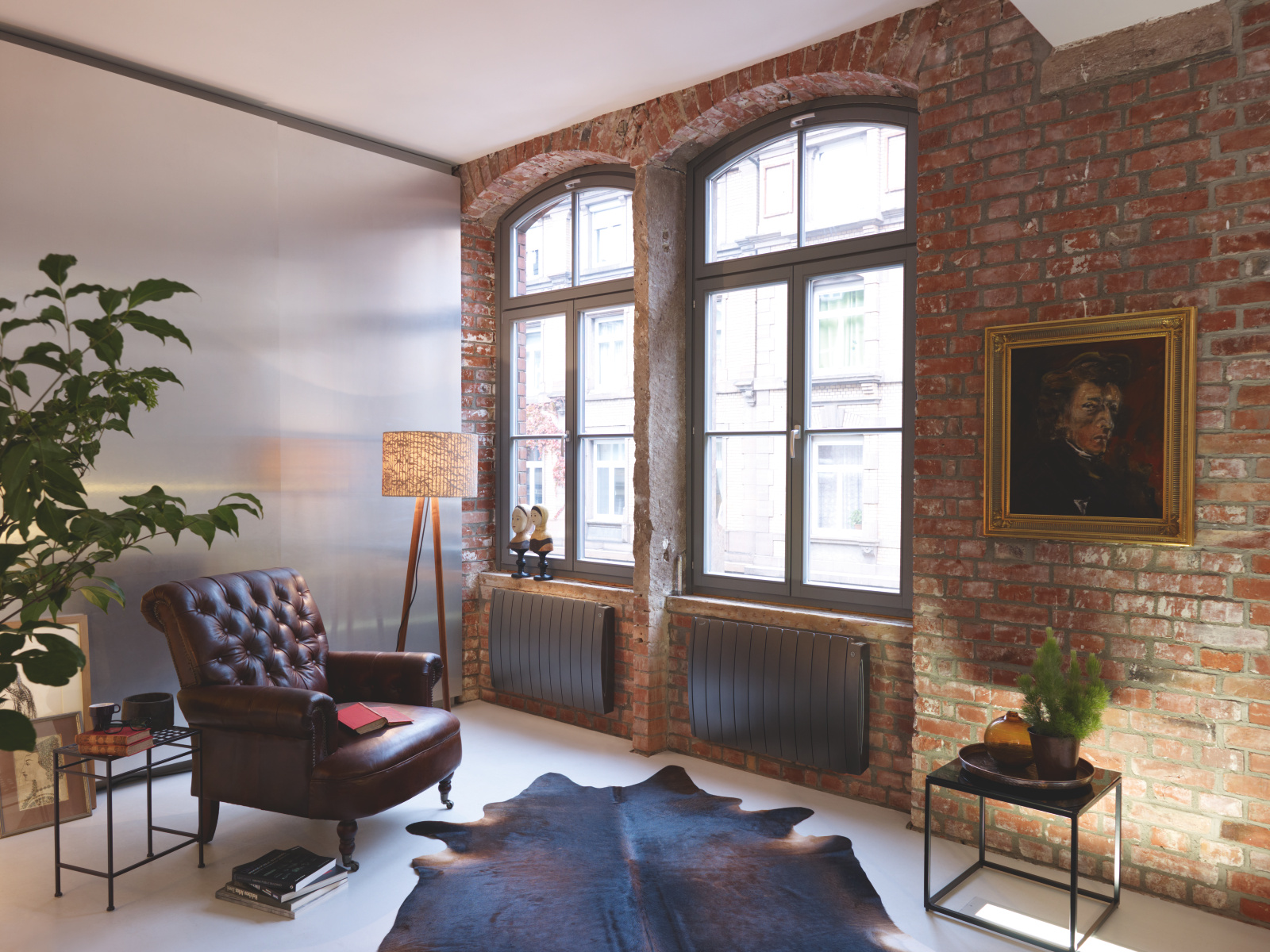
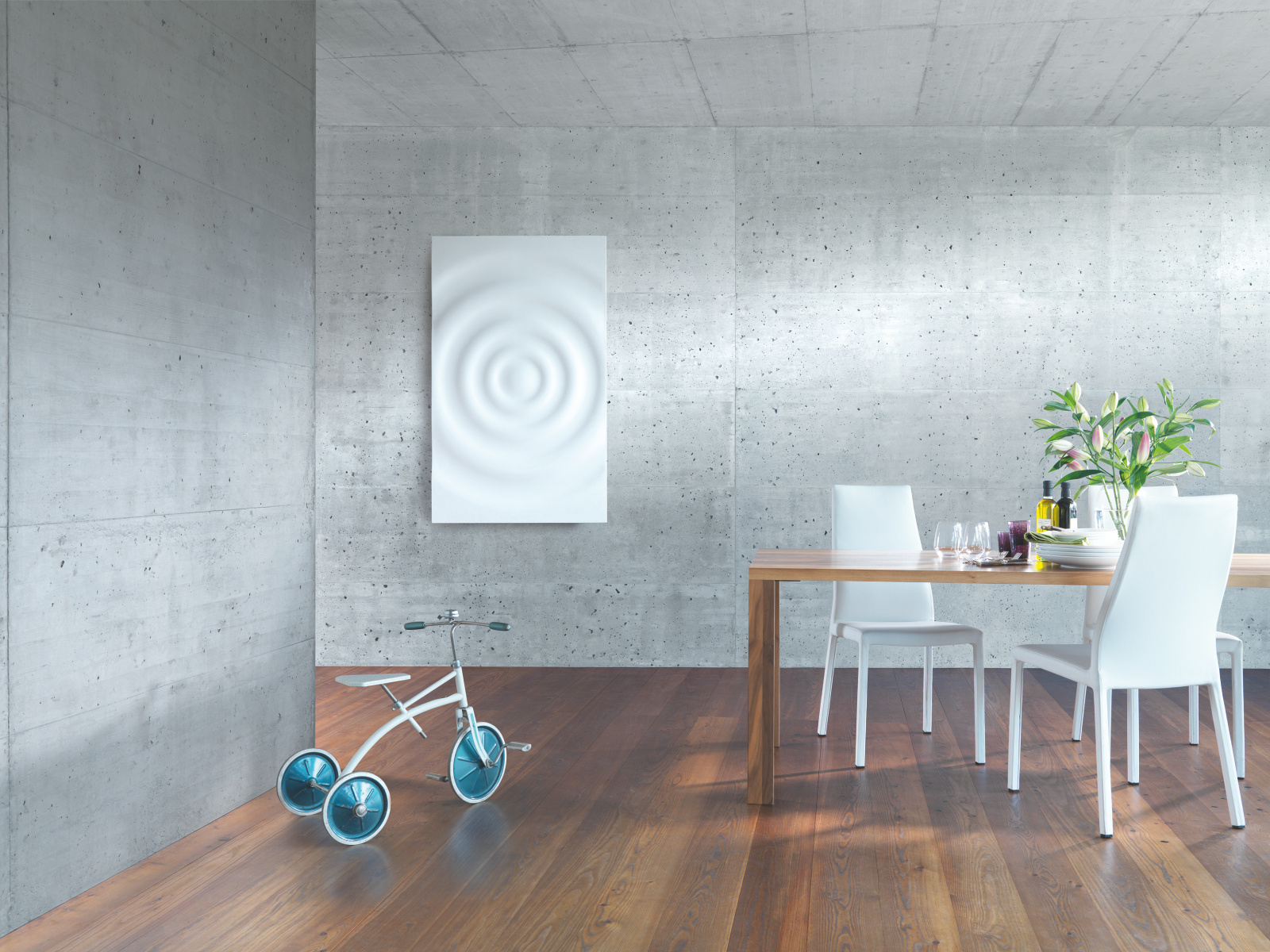
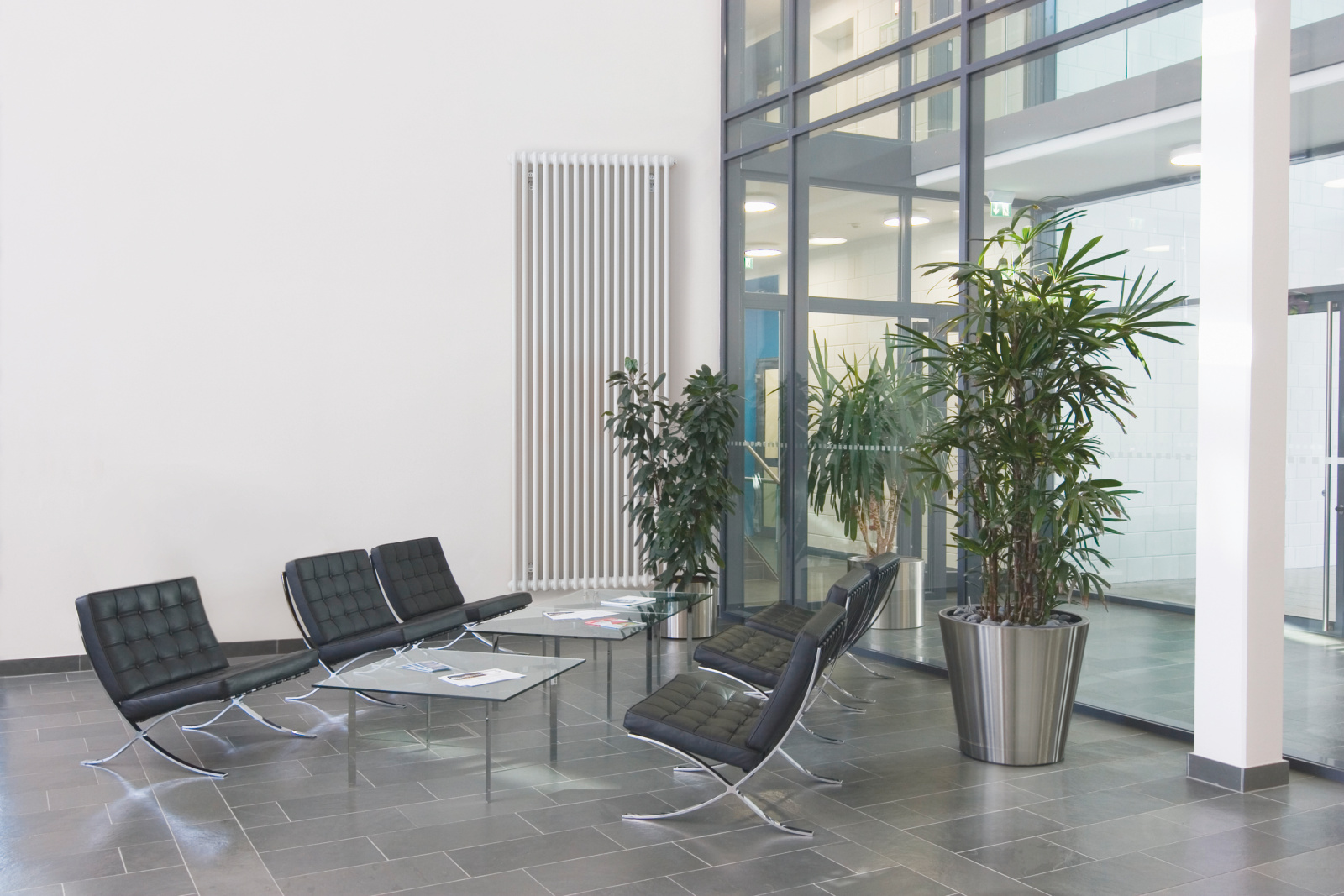
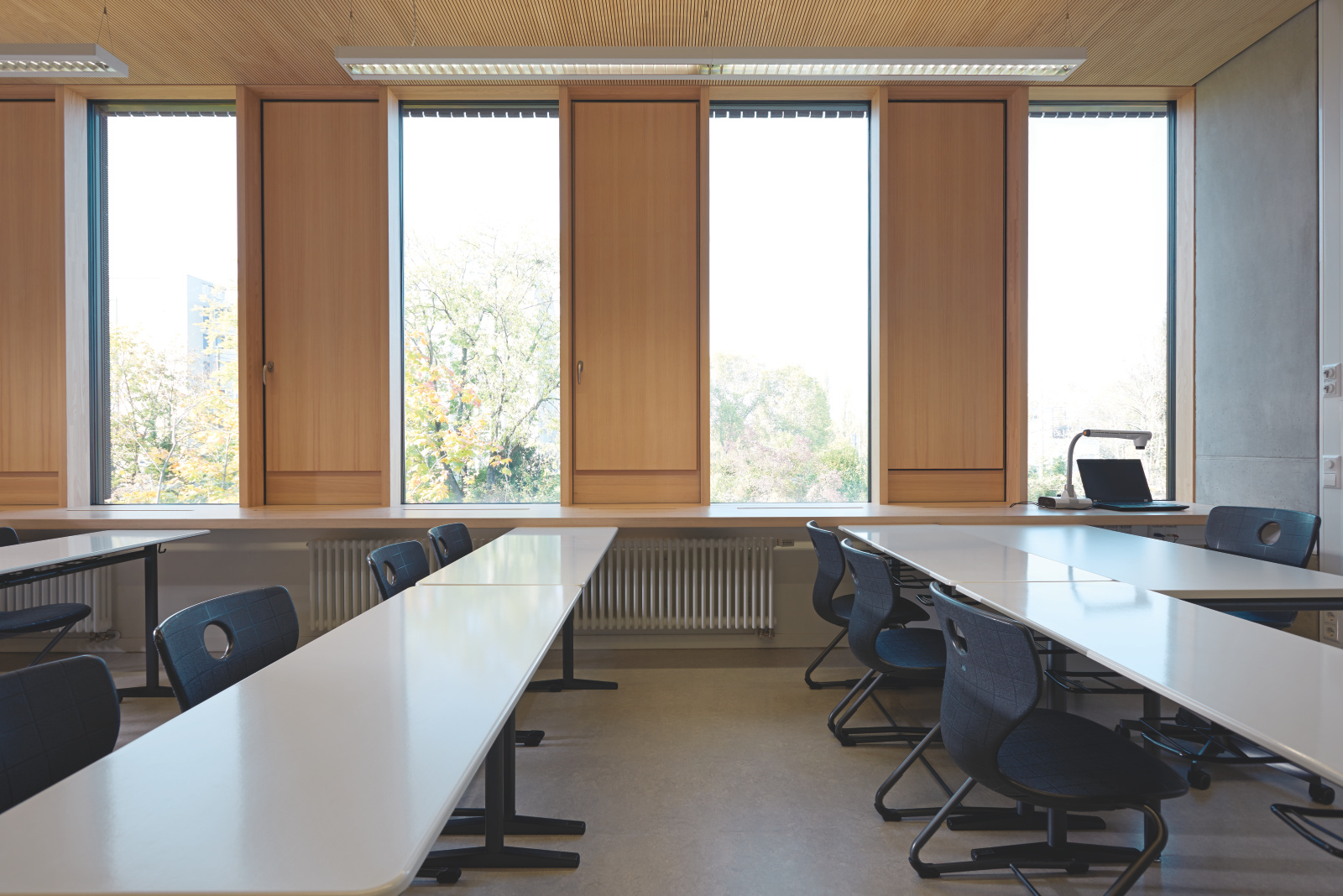
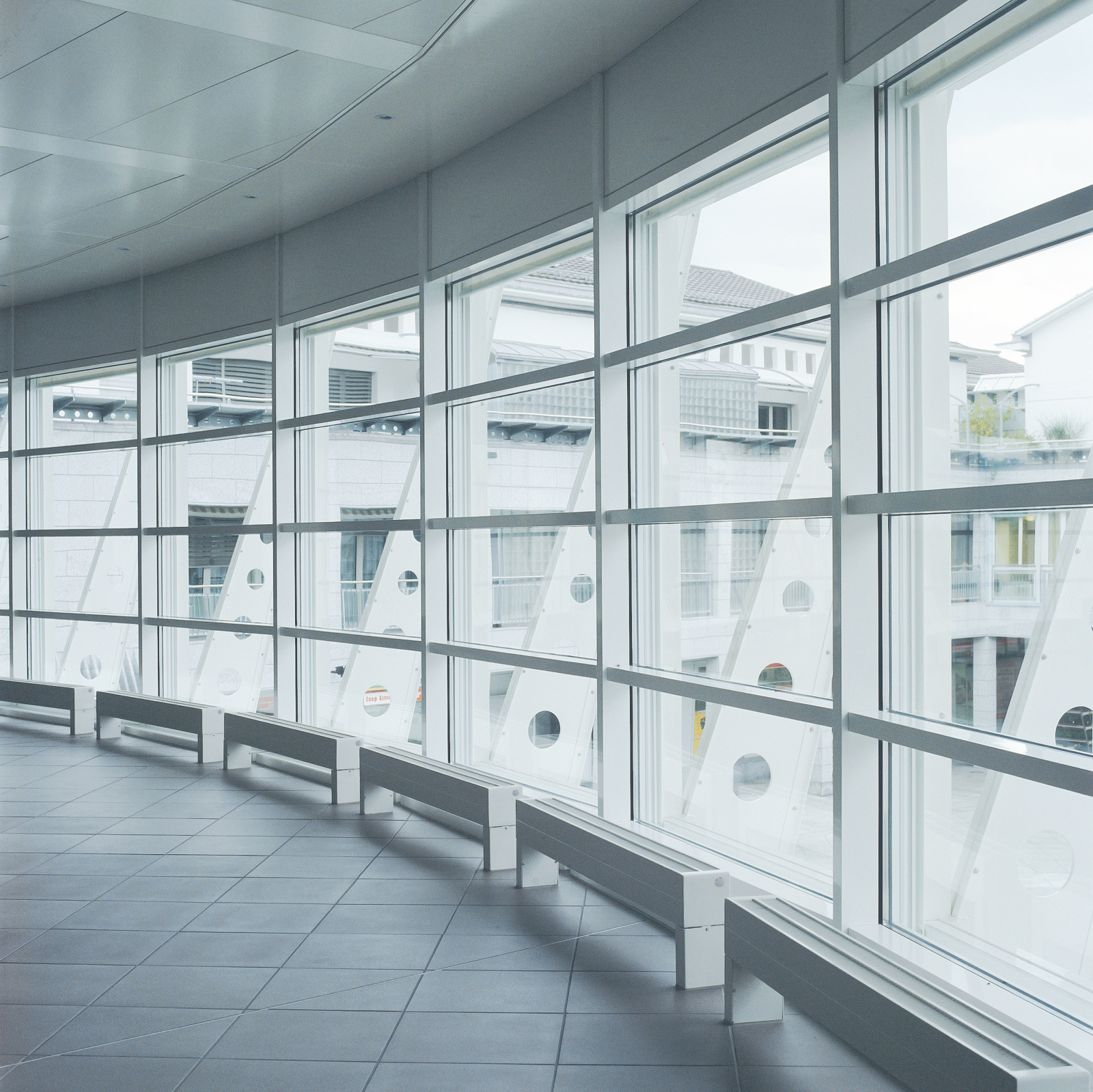
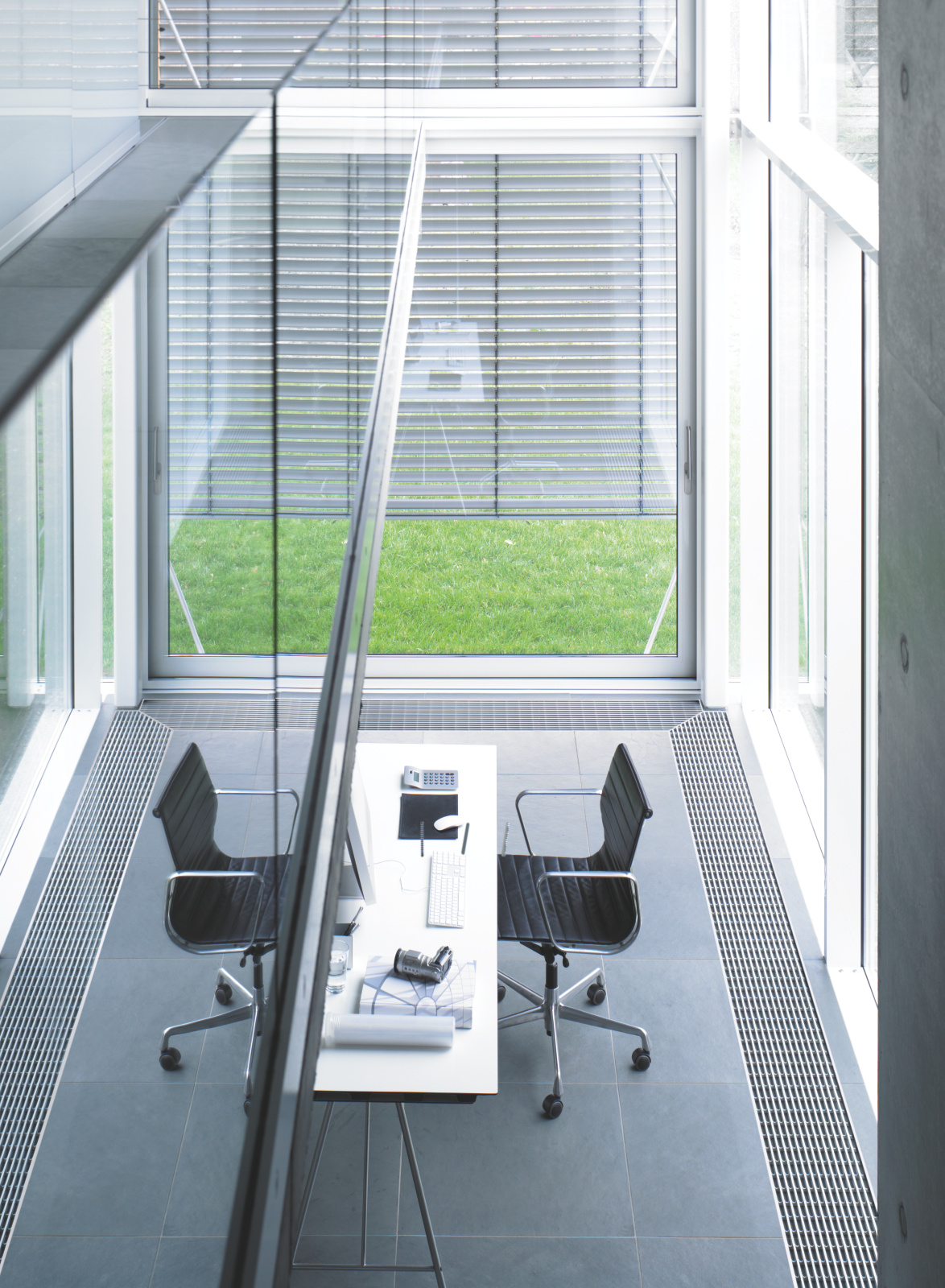
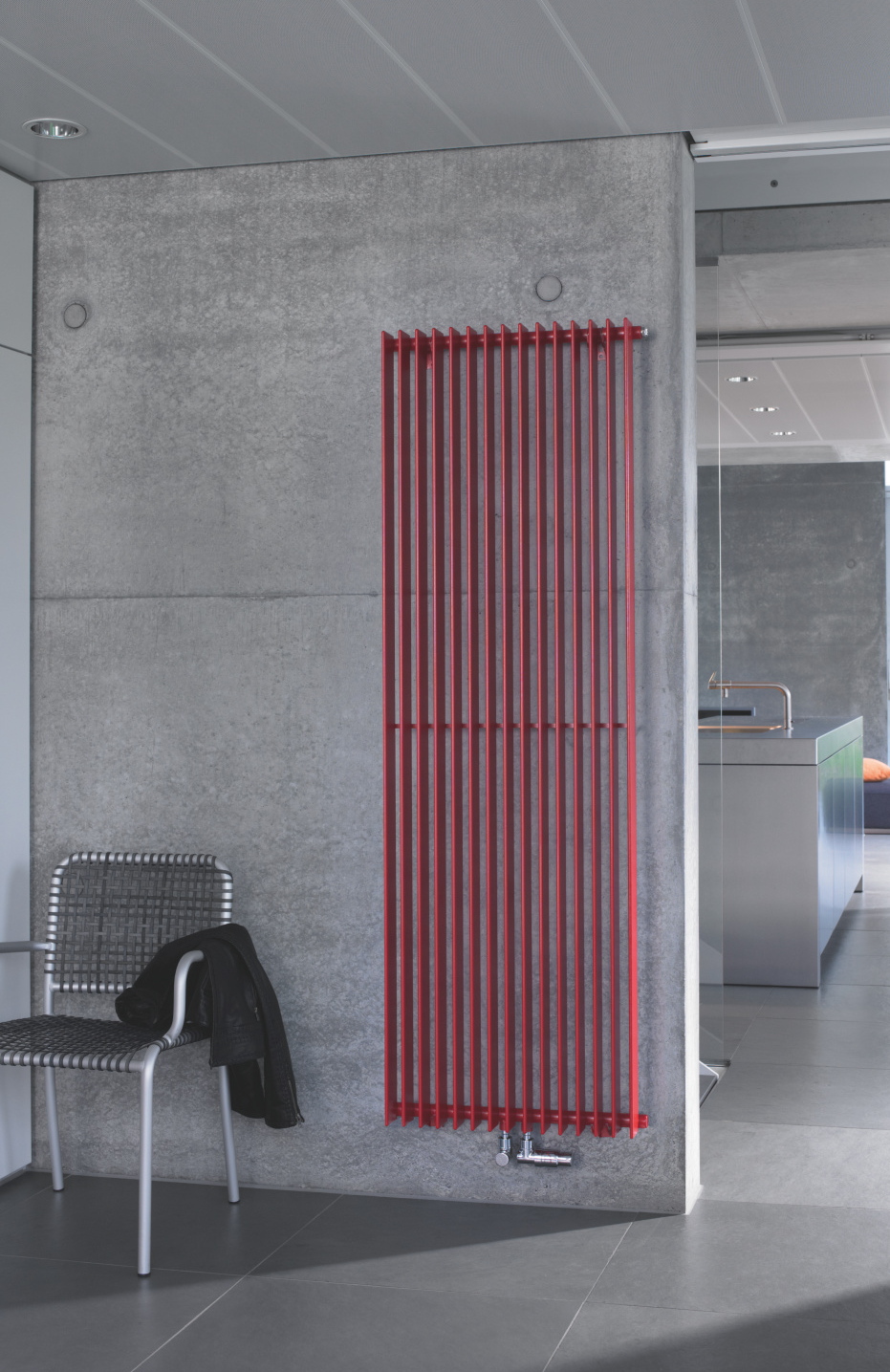
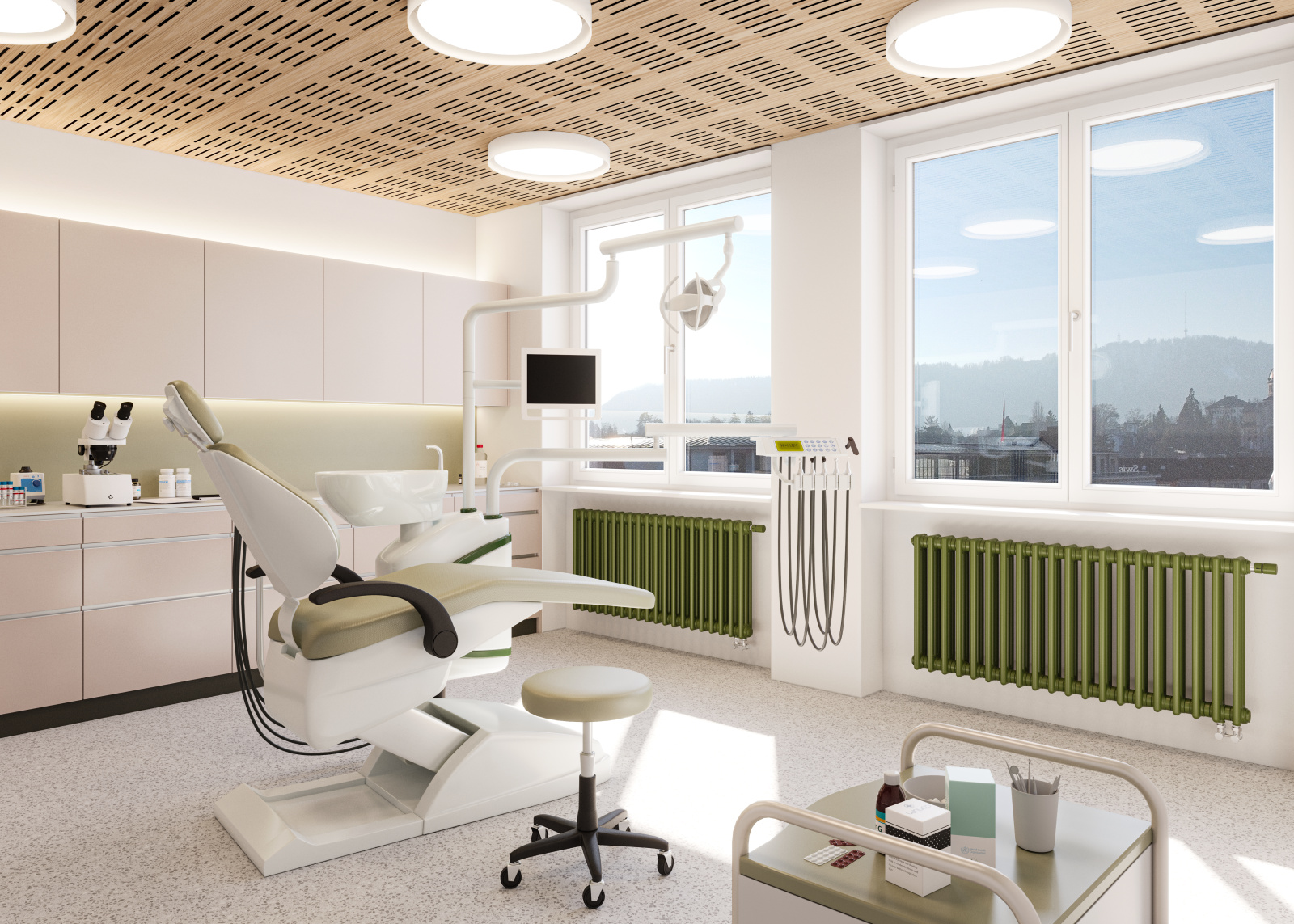
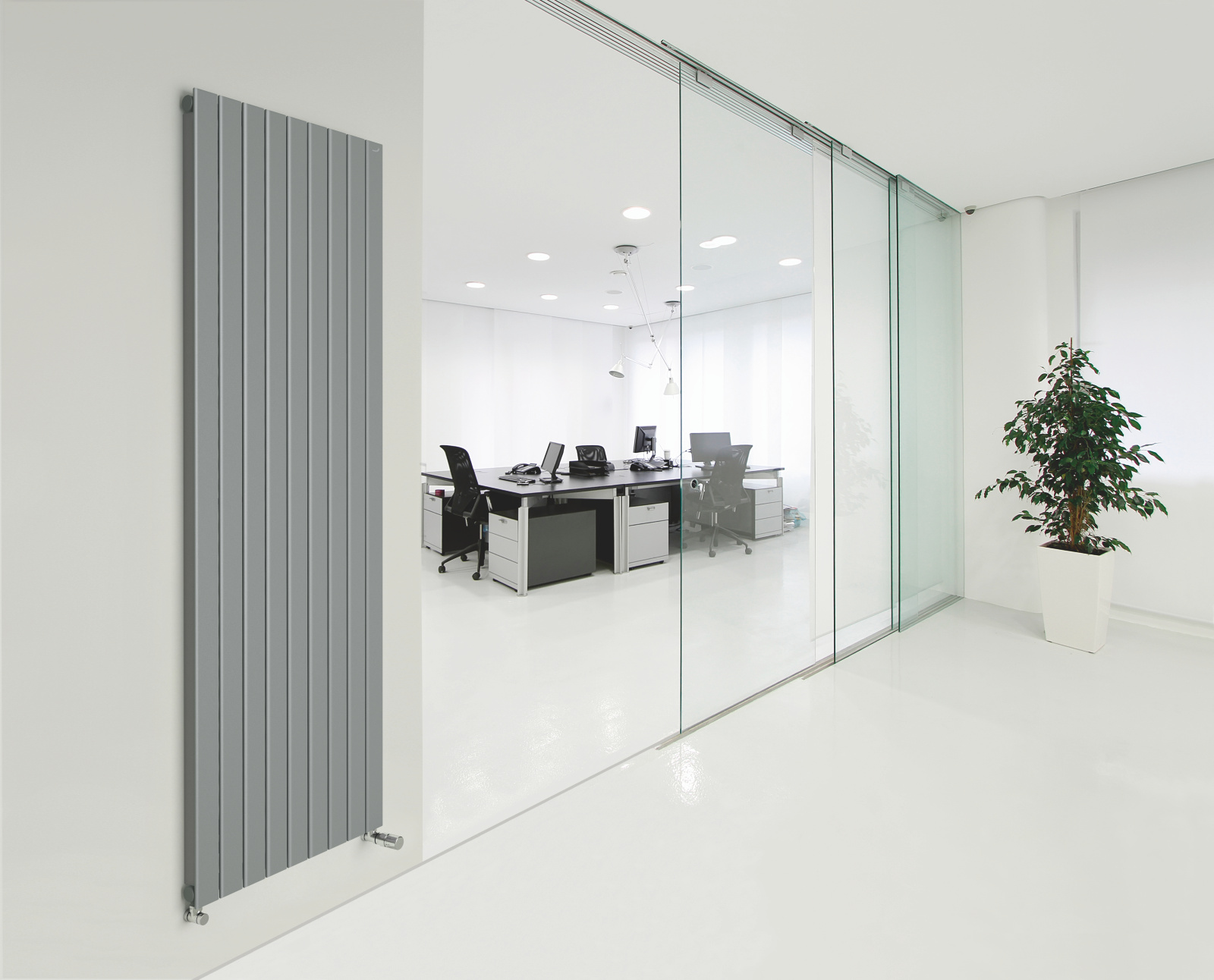
A decorative radiator is a modern, aesthetically pleasing variant of traditional heating devices. While it can be used in any room, it is often employed as an attractive heating option in bathrooms, kithchens and general living areas. These radiators come in diverse shapes, colors and designs, providing suitable options for every interior.
Hydronic radiators are a part of the heating system in a residental or commerical space and are connected to the central heating boiler through pipes. The boiler heats the water in the system, which then travels to the radiator, releasing heat to the air in the room. An electric radiator, on the other hand, works by heating oil within the radiator with electricity, typically providing faster heating compared to traditional systems.
Choosing the right radiator depends on the size and function of the room it will heat. Larger radiators with high power are suitable for large rooms that need to heat up quickly, while smaller ones are adequate for rooms where you spend less time.
The size of the radiator should correspond with the size of the room and the heating needs. Larger radiators can heat rooms faster, while smaller ones are suitable for smaller spaces like toilets where the heating demand is lower.
The heat emitted by a radiator depends on its type, size, and the number of panels and convectors present. Electric radiators can provide faster heating, making them a good choice for rooms where quick heat is required.
The cost of installing a radiator varies based on the number of radiators to be installed, the need for additional pipework or rewiring, and whether it's a replacement or a new installation.
You should clean the radiator's surface with cold or lukewarm water. If there are persistent marks, you can use a neutral or low-alkaline cleaner. Always use clean, soft, non-abrasive cloths or rags, and avoid vigorous rubbing.
Yes, both the surface temperature of the radiator and the temperature of the cleaning fluid should not exceed 25°C during the cleaning process. Steam jet appliances should not be used for cleaning radiators.
Avoid using acid or alkaline detergents, wetting agents, or organic dissolving agents containing ester, ketone, alcohol, aromatics, glycol ether, halogenated hydrocarbons or other similar products. It's also best to avoid detergents with unknown compounds.
After cleaning, rinse the radiator immediately with clear, cold water. Remember, repeatedly hanging dripping wet textiles on the radiator can lead to rust formation.
Air often accumulates at the top of radiators when a system is first installed or after the system has been drained and refilled. This is a common occurrence and can be resolved by a plumber, who can let the air out using the air vent on each radiator.
Continuous accumulation of air in the radiators, which may manifest as a trickling water sound, indicates a problem with the system. In such cases, it's recommended to arrange for a qualified plumber to check your central heating system.
For optimal operation, radiators should be checked for accumulated air at least once a year. This is often done when the heating is turned on in the autumn.
General Request
Contact FormOffer Request
Contact FormOrder Request
Contact FormGeneral Request
+44 (0) 1276 605 800Technical Support
+44 (0) 1276 605 800